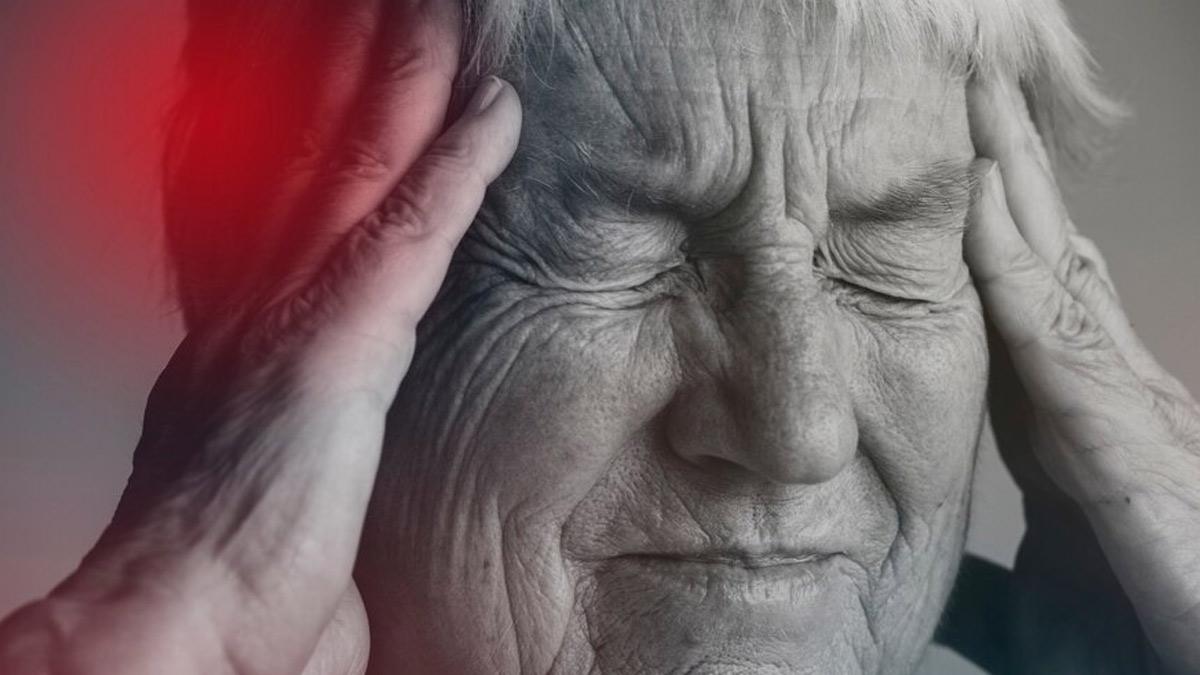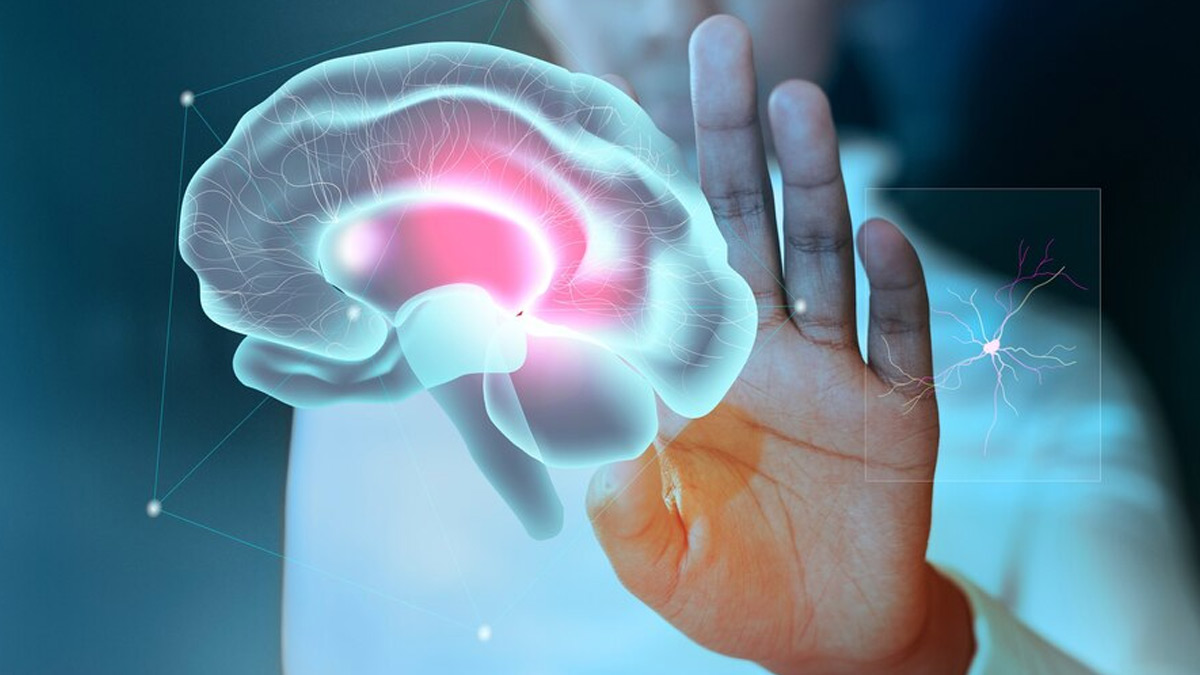
Did you know that stroke is the second leading cause of death and the third leading cause of disability? According to the World Health Organization (WHO), one in four people is at risk of stroke during their lifetime. What's even worse is that certain factors can increase your susceptibility to life-threatening consequences.
Table of Content:-
In an interaction with the OnlyMyHealth team, Dr Asit Khanna, Principal Consultant, Yashoda Super Speciality Hospital, Kaushambi, discusses the common risk factors of stroke and factors that make the condition more dangerous.
Also Read: Kidney Failure And Stroke: Understanding The Connection And Risks
Understanding Stroke And Early Symptoms

A stroke occurs when the blood flow to the brain is restricted or blocked, either by a blood clot or a ruptured blood vessel. There are different types of stroke; two main types include ischaemic and haemorrhagic stroke.
Ischaemic stroke occurs when a blood clot blocks a major blood vessel in the brain. Hemorrhagic stroke is when a blood vessel in the brain ruptures, spilling blood into nearby tissues.
Common symptoms of stroke include:
- Numbness or weakness
- Vision problems
- Speech problems
- Movement problems
- Headaches
- Fainting or seizure
- Nausea or vomiting
- Memory loss
Risk Factors That Make Stroke More Serious

According to the US Centers for Disease Control and Prevention (CDC), anyone can develop a stroke at any age. However, a few things can increase the chances of stroke, as well as increase its severity when it occurs.
Speaking with the OnlyMyHealth team, Dr Khanna says, "Underlying health conditions like hypertension, diabetes, high cholesterol, atrial fibrillation, and obstructive sleep apnoea significantly increase the severity of a stroke. Chronic conditions such as cardiovascular diseases and previous strokes can also exacerbate stroke outcomes.” He further adds that these conditions contribute to poor blood flow, increased clotting risk, and reduced ability of the brain to recover post-stroke.
Listed below are some risk factors that can make it worse for people who have had strokes:
Age
According to Dr Khanna, older adults are more likely to experience severe strokes due to reduced vascular resilience and the presence of comorbidities. About 75% of strokes occur in individuals aged 65 or older, and the problem worsens with increasing age. It is estimated that the likelihood of having a stroke doubles every decade after the age of 55.
Also Read: How Can Stroke Or Trauma Lead To Foreign Accent Syndrome
Gender
The American Stroke Association (ASA)states that stroke is the number three cause of death in women and kills more women than men. According to the CDC, women face unique risk factors for stroke, which includes high blood pressure during pregnancy and the use of certain types of birth control, especially if they also smoke.
Dr Khanna further adds, "Women tend to have more severe strokes and worse outcomes than men, possibly due to hormonal changes, longer lifespans, and delayed recognition of symptoms.”
History of heart disease
Individuals with a history of heart disease are at higher risk of experiencing more severe and dangerous strokes, shares Dr Khanna, adding that conditions like atrial fibrillation, heart failure, or Coronary Artery Disease (CAD) increase the likelihood of blood clots forming and travelling to the brain. These individuals often have compromised vascular health, making recovery more challenging, he notes.
Unhealthy lifestyle
Lifestyle factors such as smoking, excessive alcohol consumption, physical inactivity, and a diet high in salt and saturated fats increase the risk of stroke.
The CDC also suggests that not getting enough physical activity can lead to other health conditions that can raise the risk for stroke. These include obesity, high blood pressure, high cholesterol, and diabetes. Chronic stress and poor sleep patterns can also contribute to stroke risk.
Delayed treatment

One of the most important things to remember about stroke is that it is a medical emergency where every second counts.
“Delayed treatment can lead to increased brain damage, permanent disabilities, or even death,” highlights Dr Khanna, adding that early intervention with clot-busting medications or mechanical thrombectomy, ideally within the first few hours, can minimise brain damage and improve recovery outcomes.
The ASA recommends using the acronym F.A.S.T. to quickly spot a stroke. Here's what they are:
F = Face Drooping – Does one side of the face droop or is it numb? Ask the person to smile. Is the person's smile uneven?
A = Arm Weakness – Is one arm weak or numb? Ask the person to raise both arms. Does one arm drift downward?
S = Speech Difficulty – Is speech slurred?
T = Time to act: If you see any of these signs, call emergency services right away.

Bottomline
Stroke is a life-threatening condition and requires immediate medical attention. Failing to attend to a person urgently can cause permanent disability or death. Understanding the risk factors for stroke helps you identify the problem areas and work on them. Stroke can occur in anyone, at any age, and therefore, individuals should work on reducing their risk.
Also watch this video
How we keep this article up to date:
We work with experts and keep a close eye on the latest in health and wellness. Whenever there is a new research or helpful information, we update our articles with accurate and useful advice.
Current Version
